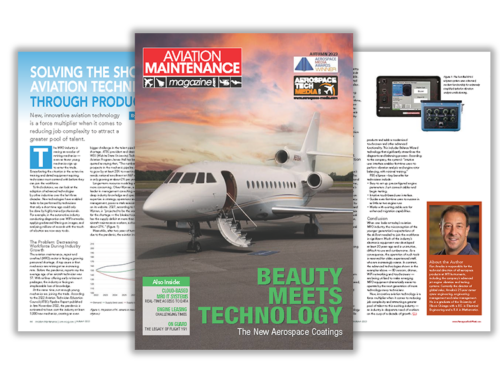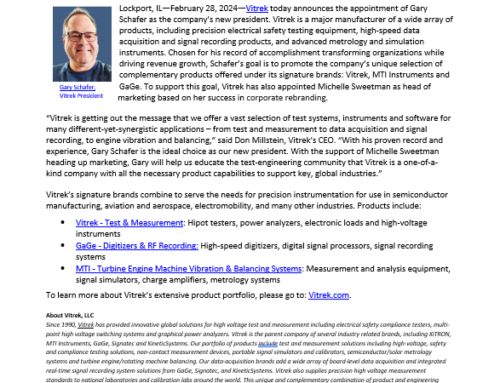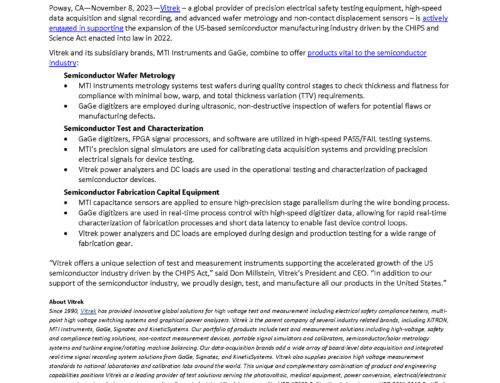Weathering the storm: Keys to resiliency in MRO
By Ken Ameika
It’s no secret that COVID-19 has adversely affected the airline industry, and consequently the MRO and test cell markets. But the impacts are nuanced. Commercial aircraft utilization is way down; meanwhile, freight carrier business is expanding markedly. Operators are spending less; but they still have needs, which often require quick turnaround.
It’s been hard for many. But there’s good news: COVID provided lessons that we can all use to make our businesses, or our careers, more resilient to the next major disruption.
Diversify Your Business
Commercial passenger traffic—or the lack thereof—led to a dramatic decline in need for engine maintenance, repair and overhaul. Airline passenger traffic plummeted 67% in 2020, wiping out 21 years of growth, according to the analytics firm Cirium.
Those serving the commercial sector exclusively were devastated as the backlog for servicing the CFM56-3, -5, and -7 family of engines—the bread and butter of MRO—dried up.
Then what happened? As potential airline passengers stayed home, they began ordering personal and business supplies from online vendors in record amounts. Their bodies weren’t in the skies, but their packages were. While freight utilization went through the roof, the larger CF6-80 and PW-4000 engines
sustained the MRO market.
The takeaway: It pays to be well-diversified.
My employer, MTI Instruments, has a foothold in multiple sectors and was therefore able to come out of the pandemic on solid ground. If your business has the potential to serve multiple sectors of aviation, now is the time to put a plan into action. Start marketing your products and services to the specific needs of commercial, freight, military or OEM.
Eye on Agility
The fact is, we’re still dealing with massive uncertainty. Even well-diversified companies will be in trouble if freight utilization plateaus and commercial doesn’t rebound as expected.
That has led, anecdotally, to an increased pressure for carriers to keep their existing fleets intact with maximum availability. That postponement of new aircraft purchases means greater demand on the current planes with minimal downtime.
That pressure flows downstream to MRO vendors. Due to COVID, many business models have shifted to a distributed, rather than a centralized, work environment. Service takes longer because MROs are operating with limited staff. And as we know, maintenance in the hangar means grounding an airplane
for days or even weeks and brings with it significant costs, including lost flight time.
That’s where agility comes into play. Carriers need their MRO suppliers to provide innovations that will get those planes back into service quickly. The companies that can adapt on the fly to deliver cost-saving solutions—such as fully portable, on-wing diagnostic services—will have an advantage over their peers.
It will pay to be agile. Even though MRO groups generally prefer to perform a full engine overhaul, in today’s climate, an MRO that is willing to overhaul just a section of an engine—such as a “hot section” or a fan assembly—will be rewarded by the cost-sensitive operator.
Customer Comes First
MROs also need to adapt their internal operations while keeping the customer’s needs top of mind.
Many operators in the age of COVID have also been reluctant to make large-scale budgetary decisions, which means that when an MRO need emerges, it’s often last-minute.
Within MTI Instruments, we have attempted to help our customers through difficult times by stepping up our delivery schedule of new equipment and calibrations of PBS-4100+ and support equipment. Further, MTI Instruments started providing remote training and prompt remote support as it became apparent during this pandemic that when assistance is needed, it is usually while our customers are under scheduling and personnel distress.
MROs have to deliver for their carriers, period. The partners who are dependable—and adaptable—when times are good will get the phone calls, even if sparse, when times are bad.
Looking Up
As I write this, there are encouraging signs for the MRO and test cell markets.
Some U.S. airports have seen a 60- to 70-percent recovery in passenger volume in March 2021. That number will get higher as more of the population is vaccinated against COVID-19. Commercial ticket prices are starting to tick up—another signal that demand is on the rebound.
And once international travel is back to normal, spending on commercial MRO will follow. I expect that recovery to be relatively quick, perhaps even by late 2021.
That is good news for all of us in the short term.
For the long term, working diversification, agility and a customer-first approach into your business plan will be key to making it through any turbulence ahead.
Ken Ameika is the executive director of global sales at MTI Instruments.



